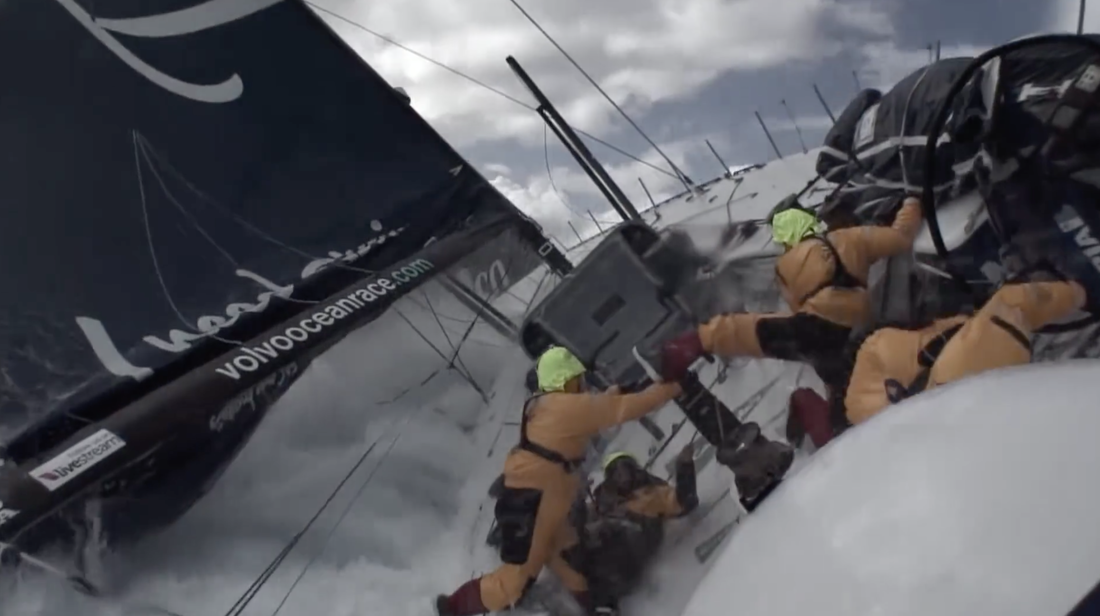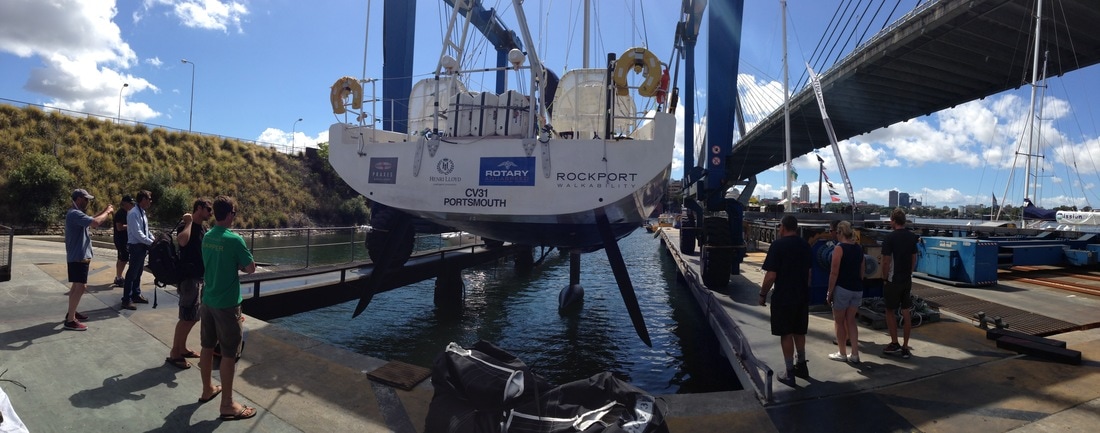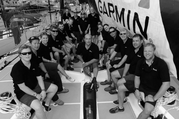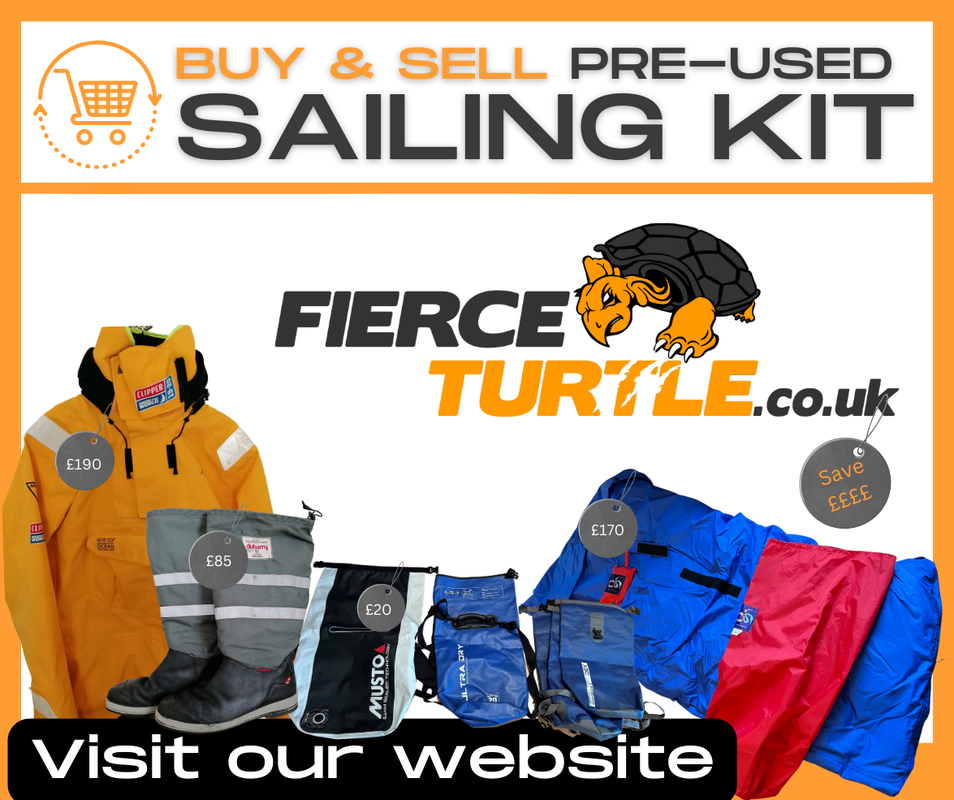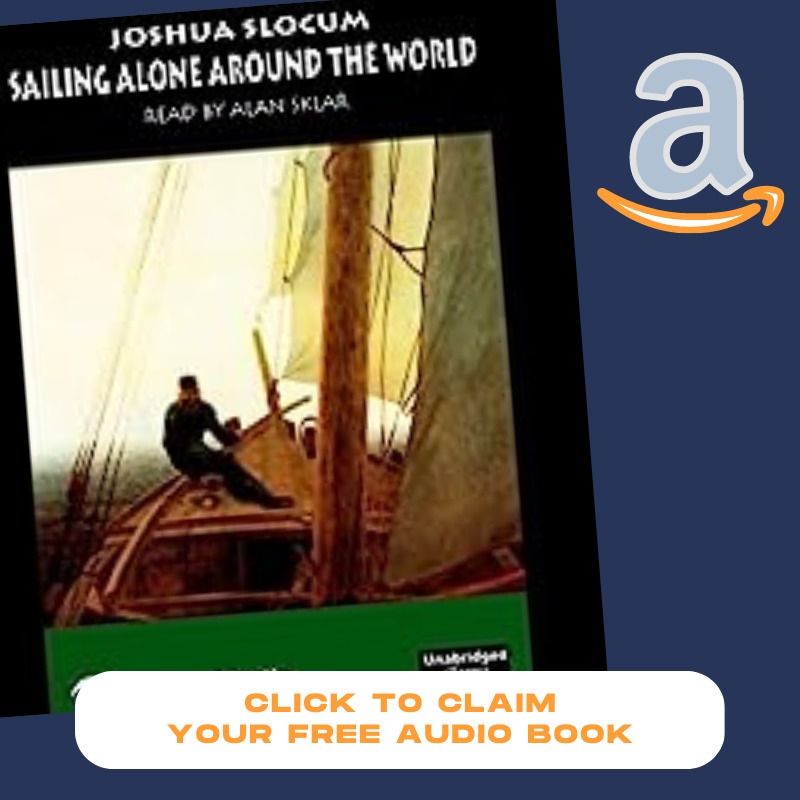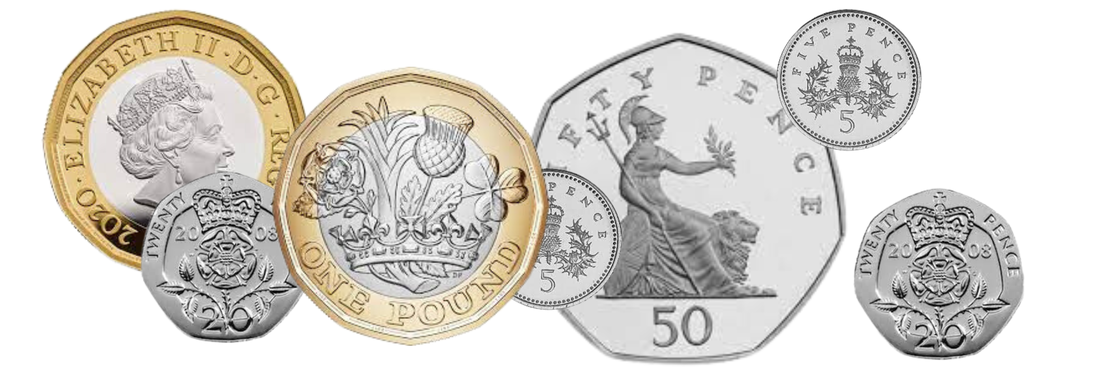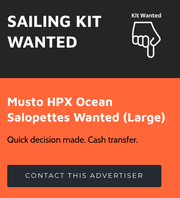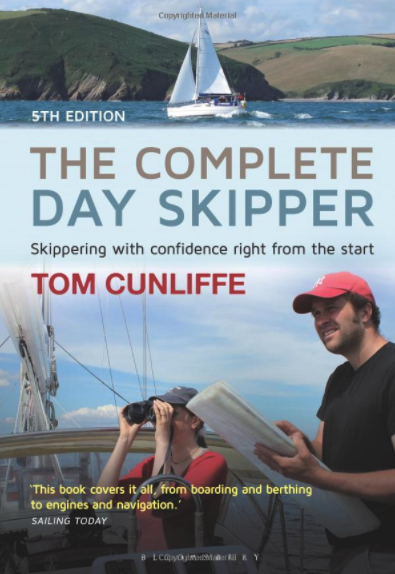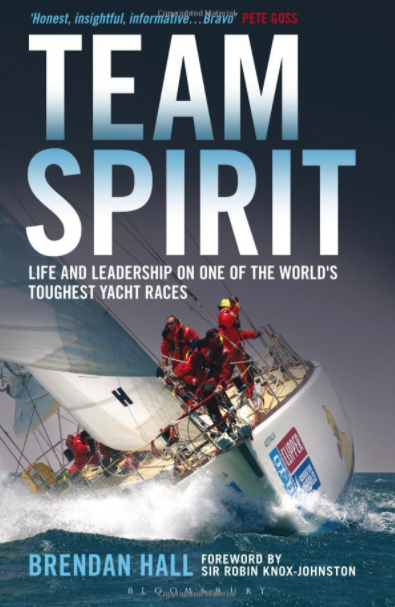|
If you are signed up to do legs 1, 4, 5 or 7, then you are likely to see the tropics at some point. Legs 1, 5, and 7, in particular, can be very warm for at least part of the time at sea. This brings with it several challenges, mainly revolving around choosing the correct deck clothing and apparel, managing fluid intake, personal hygiene and keeping cool below deck when off watch. Trying to sleep in 38-45º C, especially when it's humid and you are salt-encrusted & sweaty, is almost impossible until you are very very tired. Good, lightweight, wicking base layers with long sleeves (for UV protection) are critical. Don't use cotton. It gets wet, retains moisture once saltwater is on it and will get smellier, faster! A lightweight merino wool is good for comfort, performance and odour management. Icebreaker is a well-known Kiwi brand, although it is pricey.
Many crew will purchase sunscreen for the crew but make sure you have a plan to protect yourself against exposure to the brutal tropical sun. This will also mean a lightweight, ventilated wide brimmed sunhat with a chin strap (unless you want to lose it on day 1). Bare feet on the deck of a Clipper 70 is a no-no. There are too many hard things to break a toe on. Believe me, you only kick a stanchion post once with bare feet to learn this lesson. Therefore, some robust, grippy well vented shoes are required. They should also be of a material that allows for them to get wet and not get smelly. Keen Newports (open sandals with toe protection) are very popular amongst crew for this reason. Below deck, many crew swear by Crocs. This fashion crime is between you and your own personal God! Finally, if you plan to send emails from your ipad or phone and run a fan, etc then you will need the option to run the fan and charge your gadgets. Clipper 70s have various charging points, but it is easy to overload the batteries and the circuits, especially as the boat needs to run satcoms, navigation equipment, water maker and things like rice boilers. When I was skipper, I set up a charging schedule which allowed the on-watch to charge phones and personal battery banks whilst they were on deck. This seemed to work quite well, but it was something else to remember on watch change. Forget to charge your battery and you may end up having no fan for your next sizzling off watch. For this reason, I'd suggest you consider a battery bank for charging your kit. 30,000 mA as a minimum, should suit. You will also need a means of fixing this to your bunk when in use. I used some heavy duty velcro. I'm particularly impressed with some new battery banks which have a solar charging option. They are claimed to be robust, dust & splash proof and are able to be secured somewhere appropriate on deck by way of a carabiner. This gives you the option to always be able to charge your battery.
Last of all, in the tropics, the opportunity to shower in heavy rain showers presents itself from time to time. Keeping the crew and the boat as clean as possible is important, especially in the tropics, unless you enjoy tummy bugs and pink eye.
A small bottle of soap, easily to hand, will allow you to take advantage and soap up and rinse off (assuming you are not sailing the yacht, of course. Some crew are less modest than others, but a good place to wash is behind a helm station, offering some privacy. Even without a rain shower, a clean bucket and some sea water can be refreshing in hot weather. However, you really need to rinse in fresh water after, because salt water showers just make you sticky and salty. Some boats carry one or two fresh water solar showers which work really well when hung off the A frame on the stern. Finally, remember to stay clipped on at all times where SOPs require and keep your lifejacket on.
Comments
This video goes through kit organisation. In this short video I discuss what you should be thinking about packing for a cold ocean leg. In this context, I consider Cold Ocean Legs to be Legs 2, 3 , 4, 6 and Leg 8. Fierce Turtle (Packing for Training) : http://bit.ly/PackingListfortraining Check Out our Classified Pages for pre-used kit:
https://www.fierceturtle.co.uk/pre-used-kit Le Chameau Boots: http://bit.ly/sailingboots Ocean Sleeping Bag Hire: http://bit.ly/oceansleepingbag
Many crew us crocs for below deck, but on deck I think you have to go a long way to beat the Keen sandal / shoe. It is ventilated and has a closed toe, protecting you from all the hazards on deck.
Sailing in the Southern Ocean in Summer is a tough old gig, even for the pros on The Volvo Ocean Race. It seems no coincidence that so many use the Le Chameau Neptune boot for the really tough, cold race legs.
Click here for our review of the Le Chameau Neptune. Clipper Crew can claim 15% OFF the Le Chameau Neptune if purchased in February 2018. The DISCOUNT CODE is WARMFEET. Just enter the code at checkout. Sail safe. If you look at the geography and the prevailing trade winds, it's pretty obvious that to sail around the World today (if you start in Northern Europe) then you have to sail South across the Atlantic and then either go East or West. Going East is far more sensible.
With this reality in place, it becomes likely that Brazil and South Africa are going to be two of the first ports of call. Going East, Western Australia makes sense and then you have to get to China for the Qingdao stopover (which is not to be missed for spectacle). Whilst in Oz though, it seems appealing to compete in the Sydney Hobart Race so continuing East, either around New Zealand or Tasmania, Sydney has been a regular stop for the last few races. Before that New Zealand and then Australia's Gold Coast were stopover ports. Leg 4 is, therefore, usually Western Australia to East Coast Australia, perhaps including the Rolex Sydney Hobart after Christmas and then a short hop back up the East Coast. The leg needs to advance the race to China. Going East around Australia makes some sense as there's a large continent on our doorstep. Because it's Christmas Sydney Hobart is a possibility. Then you need to go North to get around Australia and back towards China. This means lots of races The advantages to Leg 4 are, in my opinion, as follows; PROS
CONS
All in all, I'd say Leg 4 is a good leg. It has several races, it's set in a great part of the World and there are iconic events and locations all around you and a mix of conditions. What's not to like? Leg 2 is, as the name suggests, still quite early in the race. The round-the-world crew and those that are continuing from leg 1 have some experience and they will know their way around the boat and be much better at sailing her and undertaking 'evolutions' such as reefing and sail changes. Also, leg 1 is over and the race is very much on!
In previous years the race has started in Rio de Janeiro and finished in Cape Town. Pros;
Cons;
|
Mark Burkes is a former Clipper Race Skipper, a round the world crew member, Clipper Training Skipper & jobbing RYA Yachtmaster Instructor. He has over 250,000 miles logged.
Mark also writes professionally both online and offline and has written for Yachting World. ADVICE BY TOPIC
All
Fierce Turtle is not linked to nor is it in any way accredited by the splendid folk at Clipper Ventures. All opinion is my own.
Archives
July 2023
This blog is entirely free. However, if you'd like to make a small contribution towards web hosting costs it'd be very much appreciated.
|
fierceturtle.co.uk |
PRIVACY & GDPR POLICIES
© COPYRIGHT 2012-23. ALL RIGHTS RESERVED. 256 bit secure checkout powered by stripe. |
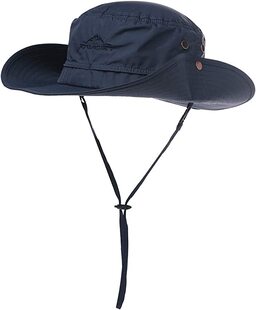
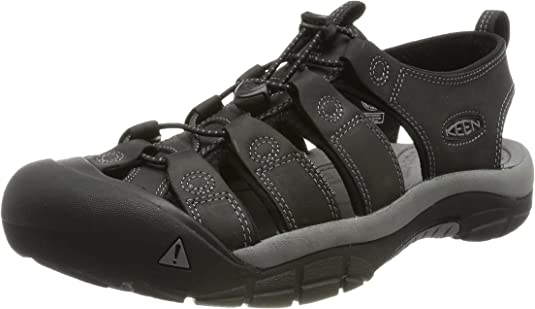
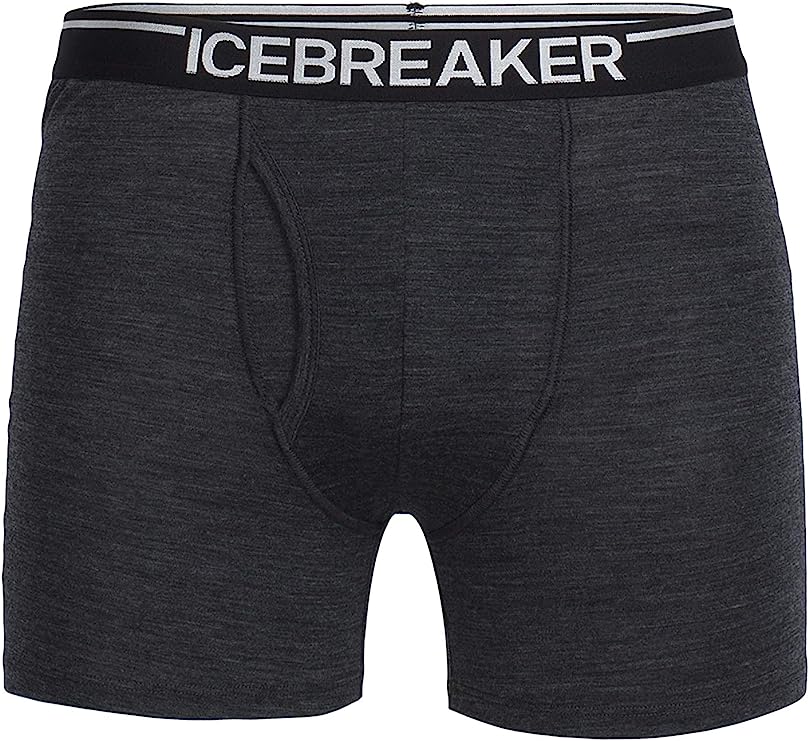
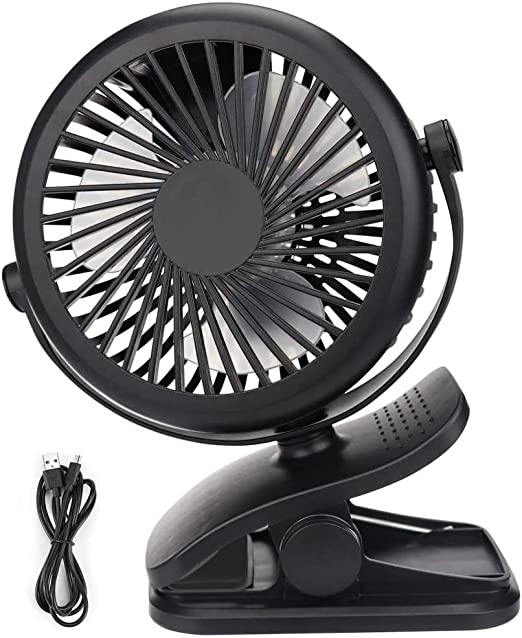
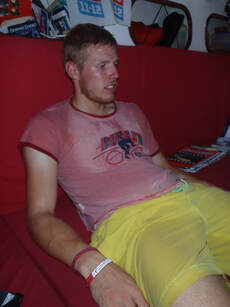

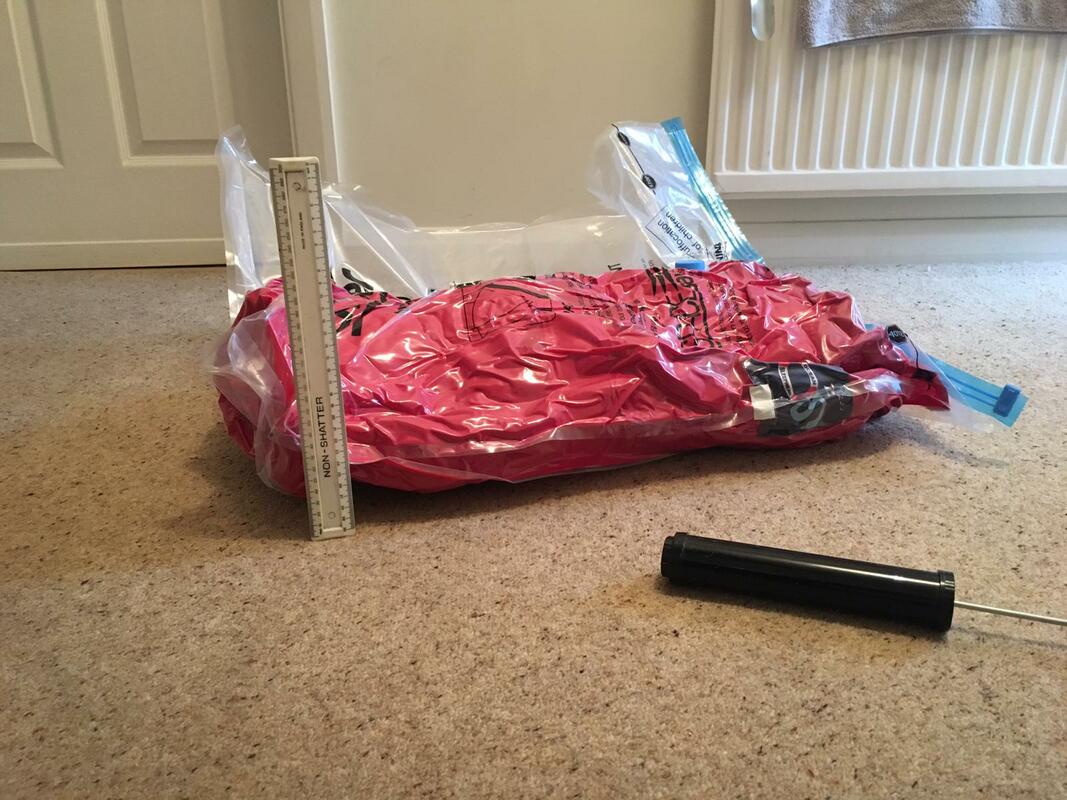


 RSS Feed
RSS Feed 